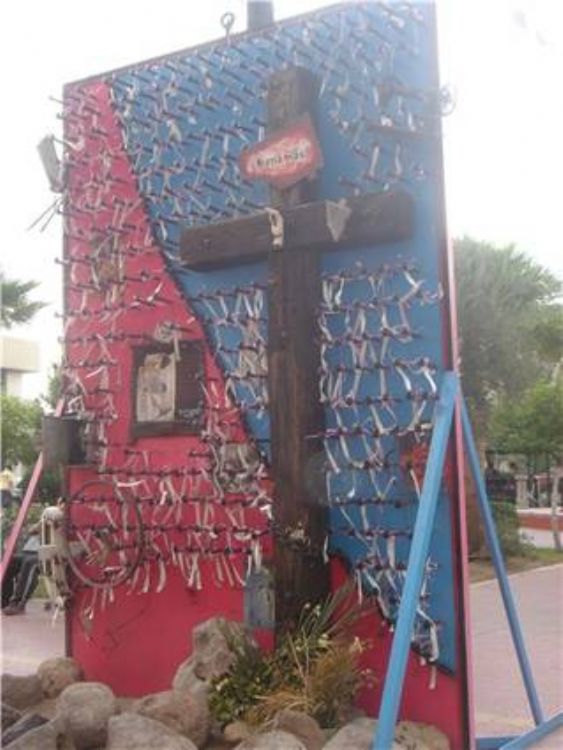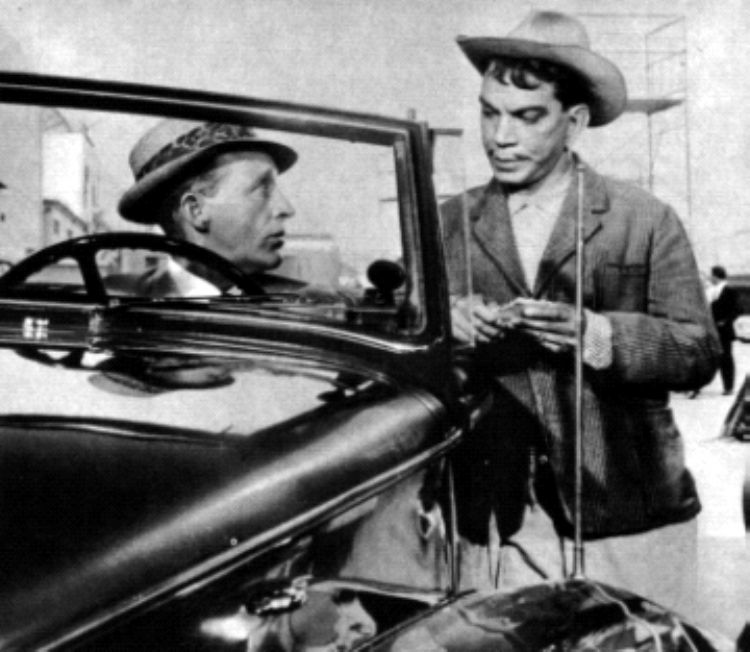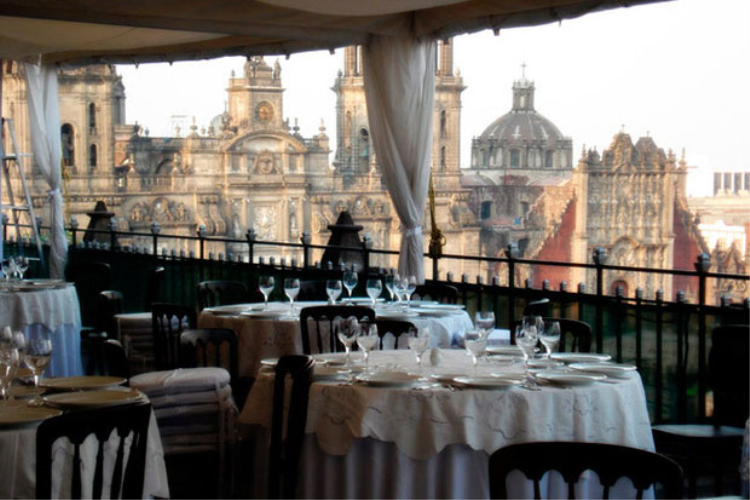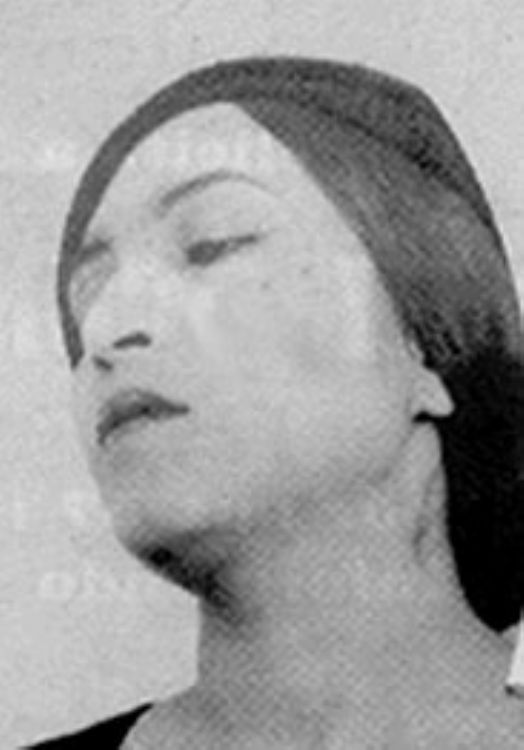Beer History in Mexico
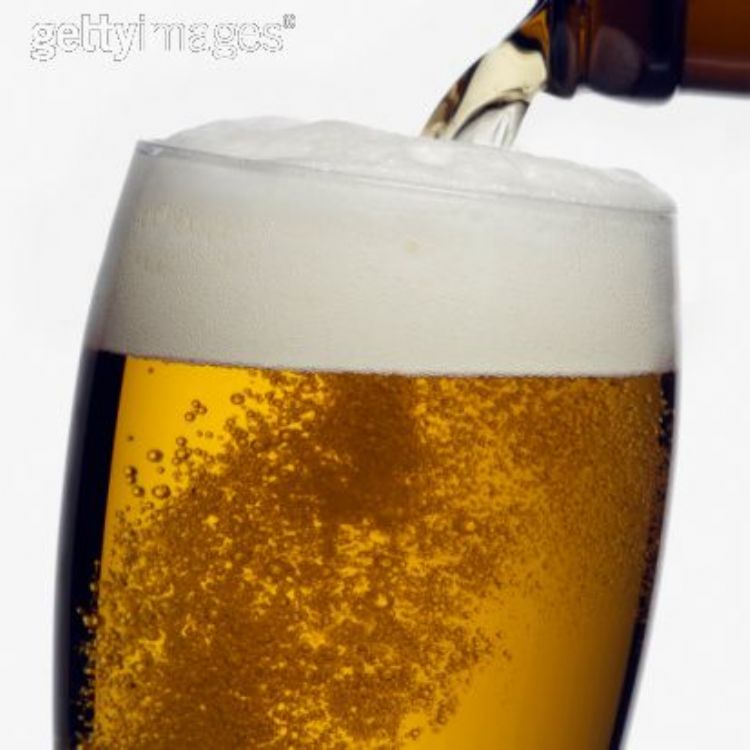
Only 20 years after the fall of Tenochtitlan, Spanish Conquerors founded Americaâs first brewery in New Spain. The permit for this brewery was granted in 1542 by Emperor Carlos V to Alonso de Herrera under the condition that a third of the profits derived from this exploit be sent to Spain. It wasnât successful at first because excessive beer drinking was sanctioned by authorities and people preferred the existing pre-Hispanic alcoholic beverages.
During the War of Independence, the taste for beer had consolidated and controversy arose around the rights to produce it, such as in the cases of the English Gillons and Mairet, Miguel Ramos Arizpe and Justino Tuallion, all claiming the exclusive privilege to produce it in Mexico.
Shortly after the proclamation of Mexicoâs Independence, Tuallionâs beer was the most popular, a brand named âthe Hospice of the Poorâ because his brewery was located on Revillagigedo Street, where there was also a homeless shelter.
The arrival of German immigrants and the brief reign of Maximilian of Habsburg in mid-19th century helped create the art of brewery, from which two famous varieties of Mexican beer stemmed, Negra Modelo and Dos Equis Ambar, a version of dark lagers in the Viennese style. Even though they were not as thick as the English varieties, they had more body, character and sweeter malts than the light pilsners.
Early development of the brewing industry was created by immigrants of German origin. The first lager brewery in Mexico was La Pila Seca, founded in 1845 by the Swiss Bernhard Bolgard in Mexico City. He produced a dark beer from sun dried malt and brown sugar.
This was followed by the inauguration of Cerveceria Toluca by another Swiss, Agustín Marendaz in 1865 and Cervecería La Cruz Blanca created by the Alsatian immigrant Emil Dercher in 1869, creating the first Mexican lager.
The railroad network built in Mexico in the late 19th century allowed the import of machinery and malt from United States, but also forced Mexican brewers to compete against North American beers that started to be mass distributed throughout Mexico.
In 1891, the countryâs first great scale brewing industry was created, Cervecería Cuauhtémoc in Monterrey, Nuevo León. In 1954, Cervecería Cuauhtémoc purchased a brewing facility in Tecate, Baja California, launching it nationwide and turning it into the first canned beer in Mexico, currently the most imported canned beer in the United States.
During 1899, Gran Cervecería Yucateca began producing in the city of Merida, developing Cruz Roja, Estrella and Mestiza beers, but gained its place in the market with its Carta Clara and Leon brands. Three years later, Cervecería del Pacífico opened in Mazatlan, launching a famous brand that is still very popular, the Pacifico pilsner.
By 1918, there were 36 breweries in Mexico. The United States prohibition during the 1920âs gave a strong impulse to Mexicoâs brewing industry because North Americans traveled to the border to purchase and drink alcohol. This prompted the opening of new breweries in Mexico, including the Mexicali Brewery and Aztec Brewing Company in Baja California. In 1925, despite an ongoing national preference for pulque, there were large investments placed on the brewing industry throughout the country, producing close to 50 thousand liters per year.
In 1985 there was a monumental fusion between Cuahutémoc and Moctezuma brewing companies, becoming part of FEMSA in 1988. Their Tecate, Sol, Dos Equis, Carta Blanca, Superior, Indio, Bohemia and Noche Buena brands are sold throughout the country and abroad.
One of the countryâs strongest companies was formed in 1992, Cervecería Modelo. Grupo Modelo holds a great percentage of export beers with Corona, Negra Modelo, Modelo Especial y Pacífico; in addition to Victoria, León and Montejo, produced exclusively for the national market. Corona, created in 1925 to commemorate the tenth anniversary of Cervecería Modelo, is one of the five most consumed beers in the world and it is available in more than 150 countries. With eight breweries in operation, the production of Cerveceria Modelo ascends to 46 million hectoliters per year. 49% of Grupo Modeloâs stocks are held by Anheuser-Busch, but the company is still controlled by Mexican shareholders.
Article Produced by the Editorial Team of Explorando México.
Copyright Explorando México, All Rights Reserved.
Photo: Getty Images

